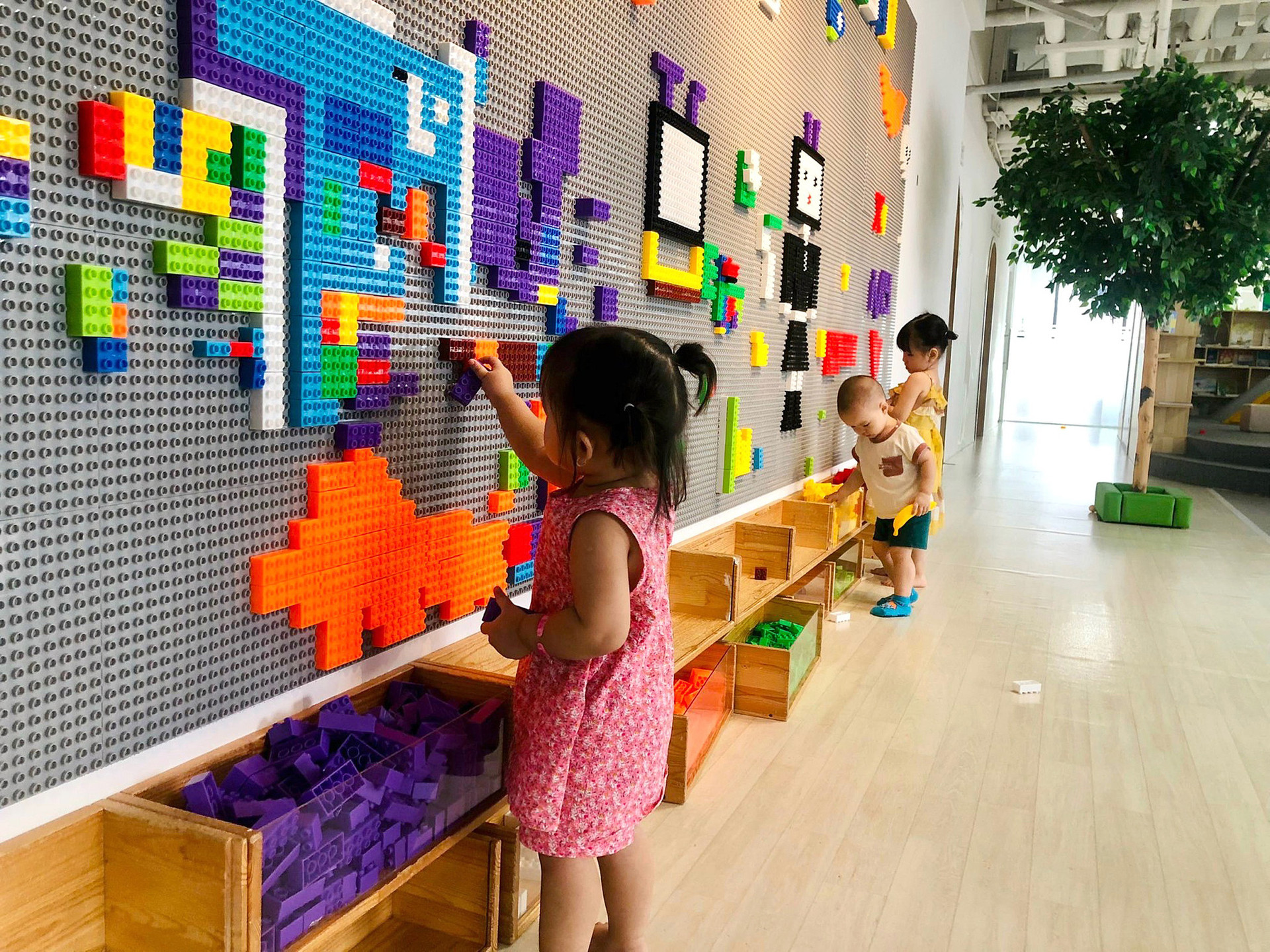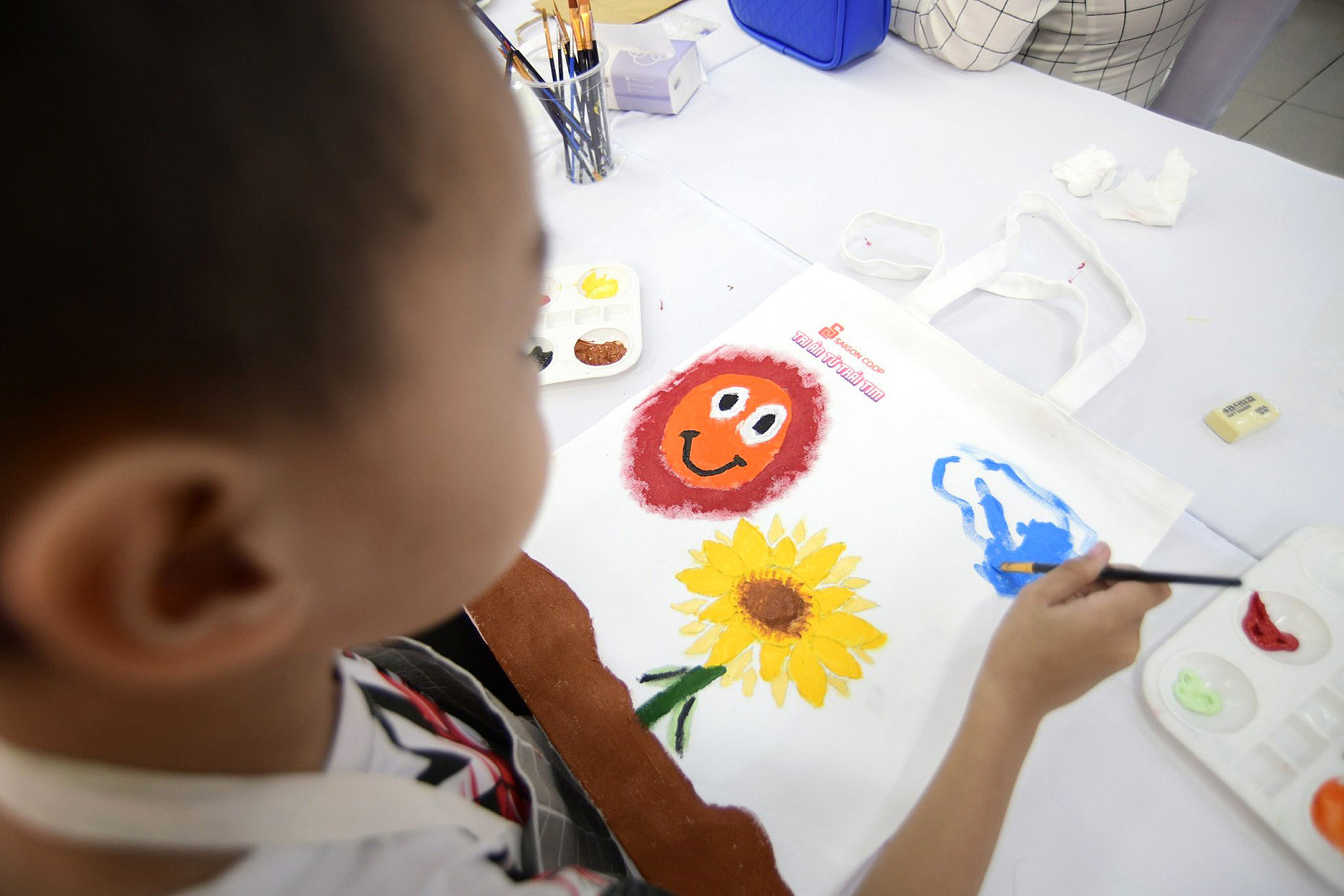Plastic toys, lipstick, orange medicine (used by many mothers to treat thrush in children), and oriental medicine of unknown origin can lead to heavy metal poisoning.

Colorful plastic toys are at higher risk of containing lead.
There have been many cases of patients being hospitalized due to lead poisoning, tin poisoning, mercury poisoning from everyday items, or familiar medicines.
According to the World Health Organization (WHO), lead is one of the 10 heavy metals that need the most attention for human health, especially children.
Recently, Hung Vuong General Hospital (Phu Tho) admitted a 1-year-old patient with a high fever and fatigue. The family said that about two days before being admitted to the hospital, the child had a high fever accompanied by a cough, and white spots around the mouth... Thinking that the child had a cold, the family bought orange medicine (red powder) to clean the child's tongue three times a day for four days.
At the hospital, the child's test results showed elevated liver enzymes and blood lead levels of 226.5 µg/dl, many times higher than the allowable level. The child was diagnosed with severe lead poisoning and was transferred to a higher level for further treatment. Previously, doctors had repeatedly warned about lead poisoning from traditional medicine.
Children are particularly vulnerable, experts say, because they absorb four to five times more lead than adults. Furthermore, children’s natural curiosity and hand-to-mouth behavior leads to them swallowing lead-contaminated materials, such as lead-contaminated soil, dust, and rotting pieces of lead-based paint.
Dr. Nguyen Trung Nguyen, director of the Poison Control Center at Bach Mai Hospital, warned that lead may be present in children's toys that use colored paint, or in the plastic used to make toys. The more colorful the plastic, the higher the risk of containing lead.
"Lead contained in objects cannot be detected by the naked eye because it has no smell. Young children, especially those in preschool age, are often hyperactive, many children have the habit of sucking or biting toys, increasing the risk of lead poisoning in children. To protect children from the risk of lead poisoning, it is necessary to pay attention to choosing toys, paints, colors, etc. that ensure safe quality," said Dr. Nguyen.
Dr. Nguyen added that the symptoms of lead poisoning can be similar to many other diseases. Severe cases can cause coma, convulsions similar to meningitis, encephalitis, or anemia of unknown cause, or slow physical and mental development similar to neurological and psychiatric diseases...
"However, many cases of lead poisoning only manifest at a discreet level, difficult to detect by normal clinical symptoms, and can only be determined by using a blood lead test. Therefore, in cases where people have used orange medicine of unknown origin, worked as battery repairmen, or mined lead ore, tin, etc., they should proactively check for early detection," Dr. Nguyen recommended.

Experts recommend choosing safe toys to prevent lead poisoning in children.
In recent years, Cho Ray Hospital has also admitted patients with acute liver failure, jaundice, skin pigmentation, acute enteritis, even damage to various organs, drowsiness, coma, damage to the heart and respiratory system, which can lead to death. Notably, these patients were previously healthy and had no related diseases.
Doctor Doan Uyen Vy - in charge of the anti-poison clinic at Cho Ray Hospital - said that most of the hospitalized patients had used traditional medicine for a long time with the purpose of enhancing physiology, improving health, treating joint pain or preventing stroke...
According to Dr. Vy, in the past 20 years, there has been evidence from world medical literature that Oriental medicine contains heavy metals and causes poisoning if used for a long time. In Oriental medicine books, there are medicines such as realgar, cinnabar used to treat many types of skin diseases, infections, malaria, sedatives, anticonvulsants, insomnia, syphilis, children crying at night... These medicines originate from rocks and minerals containing arsenic and mercury.
Because traditional Chinese medicine is often prepared by hand, or even when packaged in modern ways, the dosage is often not uniform in each pill. Some pills even contain arsenic and mercury levels 10-30 times higher than the dosage in traditional Chinese medicine books.
Patients who use these traditional Chinese medicines for a long time will be at risk of poisoning from toxic heavy metals. These metals will gradually accumulate, and by the time symptoms are fully and clearly expressed, the patient will have been poisoned at an average level. When the poisoning is too severe, it can turn into subacute and acute poisoning, leading to rapid death.
"Western medicine and Eastern medicine both have toxic substances used to treat diseases. When used, they must be in the correct dosage, used for a very short period of time, and the patient's condition must be closely monitored.
If patients use it arbitrarily and for a long time, it will easily lead to a gradual accumulation of toxins in tissues and organs, causing damage to tissues and organs, or experiencing side effects from moderate to severe levels. That is drug-induced poisoning," Dr. Vy warned.
The first report on lead poisoning in children, released by UNICEF and Pure Earth in 2020, found that nearly one-third of children, or about 800 million children worldwide, have lead levels equal to or greater than 5 micrograms per deciliter (µg/dl) of blood, an alarming level that requires intervention. Nearly half of the poisoned children live in South Asia.
WHO also recommends that products containing lead include pigments, paints, solders, stained glass, lead crystal glass, ammunition, ceramic glazes, jewelry, toys; some cosmetics; traditional medicines used in countries such as India, Mexico and Vietnam.
According to Tuoi Tre